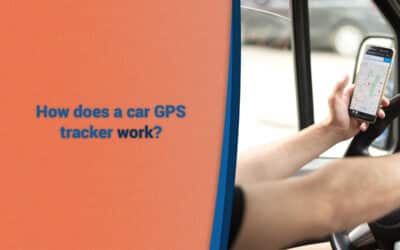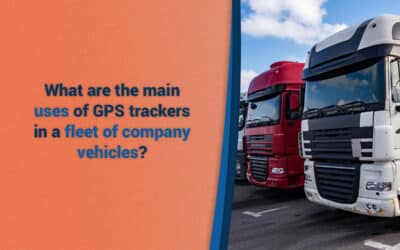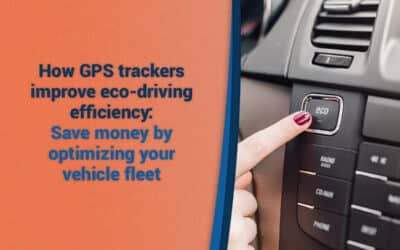GPS tracker for construction equipment: the best protection for the construction industry
Blog post – 02/11/2021
Why GPS trackers are a simple and very effective solution to better manage your construction equipment and protect it from theft?
When we talk about construction equipment, we can refer to a lot of things: vehicles, machines, small equipment, portable electrical equipment, barriers, scaffolding, trailers, fleets of vehicles… All this equipment is subject to a certain number of problems:
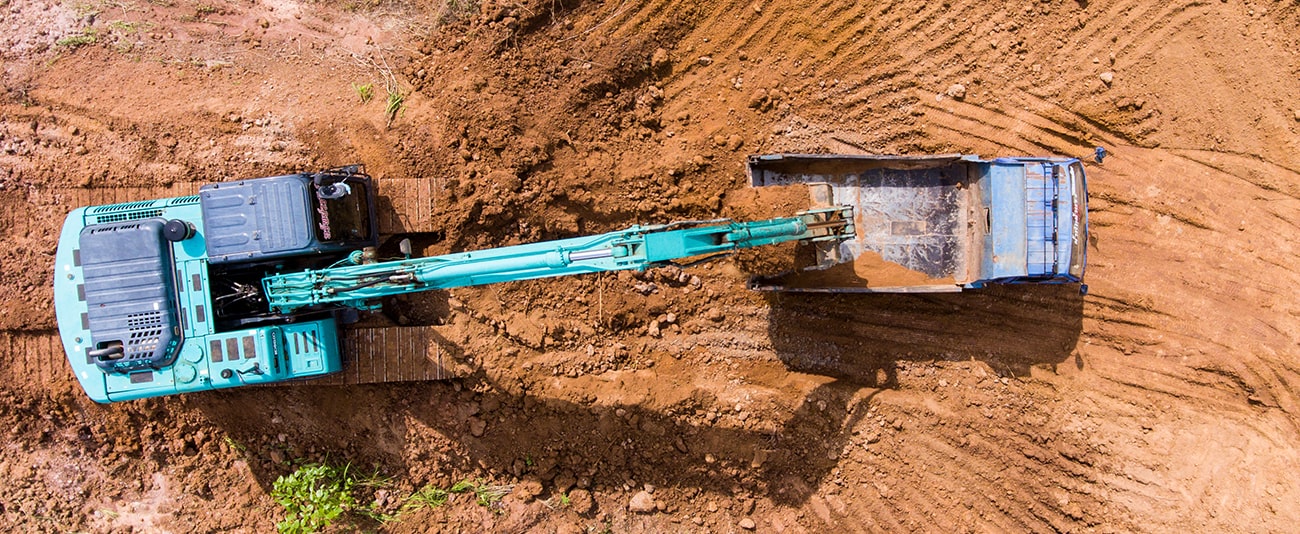
Multiple problems
Theft: The main characteristic of construction equipment is that it remains outside for a long time, mostly in unattended areas, far from the owners’ view. The current economic situation being what it is, the shortages of materials and supplies see the frequency of thefts increase drastically and their nature change: even what is intrinsically of little value and small size are stolen. The reason is often for the resale of materials. Thus, dumpsters, generators, scaffolding, machinery equipment (buckets, etc.) are regularly looted, quickly, leaving the owners destitute and causing heavy delays in construction sites.
Increases in theft are legion: just take a look at the recent news to see that. The confinement and the various shortages of materials observed have accentuated this phenomenon. Particularly concerned: vehicles, but also tools, for which one does not hesitate to break into the van in order to seize even the simplest power tool.
The loss: the material, whatever its nature, is very often scattered on many building sites. It is very easy to forget it, to lose it and the financial consequence is often heavy: repurchase of the lost equipment, duplicate purchase of equipment that could be rationalized, waste of time and unnecessary mileage looking for the tools.
Overuse of vehicles: whether it is during business trips or personal use of equipment made available by the employer: overuse or fraudulent use are frequent and a control, even if it must remain legal and fall within the framework of the RGPD (visit the CNIL website for more information) is possible and sometimes essential.
Overstock: When you don’t know where your equipment is, the consequence is immediate: you buy it back. These duplicates are additional fixed assets and overstock that have an impact on the cash flow. Monitoring your equipment fleet allows you to rationalize your assets.
Wasted time: Searching for equipment takes time that we tend to neglect. How much time do we spend on the phone to find this or that tool, vehicle or machine? This is even more important when the equipment is small and dispersed.
Additional and unforeseen maintenance: lost or abandoned tools/vehicles = damaged or broken down tools for which maintenance costs will be incurred once they are found. Properly monitoring the operation of the equipment fleet allows for a better rotation of assets and thus a uniformity of maintenance and wear.
At the end of the day, these losses add up to less revenue for the company, dry losses that can be avoided thanks to the new technologies of the Internet of Things.
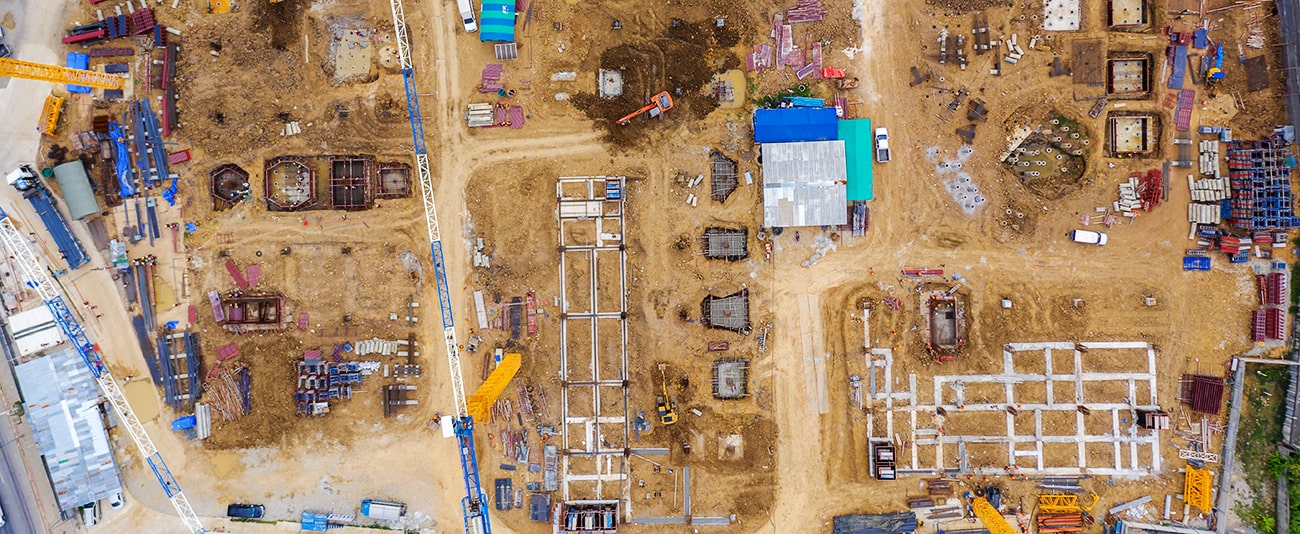
Solutions exist
Visualizing the position of your equipment on a map, at any time, and being warned of suspicious or unusual movements is now possible, and the advent of LPWAN networks (long-range low-bandwidth) such as Sigfox allow to obtain very high autonomies.
There is a range of geolocation solutions for construction equipment and vehicles. Among them, there are two main categories: 1) Proximity geolocation, known as short range (Bluetooth Low Energy, WiFi, RDFID …) and 2) Long range geolocation, allowing to geolocate one’s equipment as well as at the other end of Europe.
Short range solutions
In the first case, there are integrated solutions often provided by equipment manufacturers (Still, Milwaukee tick …) that allow to detect the equipment in the vicinity via its smartphone. They have the advantage of being inexpensive and not requiring a subscription, but have a major disadvantage: once stolen or out of range (between 50 and 100 m) the object or tooling can no longer be geolocated and the system becomes useless. The interest is thus very limited. Moreover, each manufacturer has its own solution, so it is not possible to harmonize the tracking of its fleet and it is not possible to use several solutions in parallel, as this would represent too many constraints.
Long range solutions
The same applies to the second category (long range tracking). The solution is to use a GPS tracker backed by a global network to send the information, mainly the GSM network via a SIM card, to send the GPS information in real time to the user’s application. The high power consumption of these types of trackers require them to be powered continuously, the batteries or cells having too little autonomy. This limits the use of these devices to construction machines, which have a power source. The advantage is that it is possible to retrieve other information from the vehicle’s computers (consumption, sensor status). Here again, the fact of having proprietary devices on each brand of vehicle does not allow the system to be harmonized with the entire fleet of vehicles, and prohibits its use on non-powered equipment. The cost of using such devices can also be an obstacle, as it is often necessary to pay a SIM subscription + the editor’s platform for each vehicle, which can cost between 10 and 20€ per month depending on the type of system.
The alternative: GPS / LPWAN solutions
The ideal would be to be able to supervise and geolocate in real time its fleet in a harmonized way:
- a single device to supervise everything,
- a single application for all its equipment and machines,
- that works anywhere in France or in Europe,
- powered by a single battery,
- an autonomy of several months / years
- the lowest possible subscription cost.
The arrival in recent years of low-speed / long-range networks (LPWAN for Low-Power Wide-Area networks) such as Sigfox, LoRa and more recently Helium makes these characteristics possible.
Capturs has built its Model C GPS tracker around these specifications. Versatile, it addresses the issues described above with a unique and robust GPS tracker (IP67), running on the Sigfox network, and with a clear pricing: an initial purchase of the GPS tracker at 69€ then a subscription of 1,66€ per month including the subscription to the Sigfox network and to the Capturs platform with the numerous functions it includes, among them : email /SMS alerts of motion detection, entry or exit of areas, but also advanced analysis features of the use of machine data via an API and compatible with Google Data Studio or Power BI.
In a few clicks, from your smartphone or your PC, you can access the position of your entire fleet of equipment and machinery, the history of their movements throughout Europe and set alerts to improve your productivity and prevent theft, all without any commitment of duration beyond the initial purchase or any tacit renewal of subscriptions.
These innovative systems are revolutionizing the tracking landscape by addressing new use cases that were previously too complex to be solved by traditional tracking systems. This opens up a lot of perspectives, and will allow the bold ones who are the first to equip themselves to improve their productivity, to better manage their fleet and to protect their equipment as much as possible, and thus to realize gains and a quick return on investment.
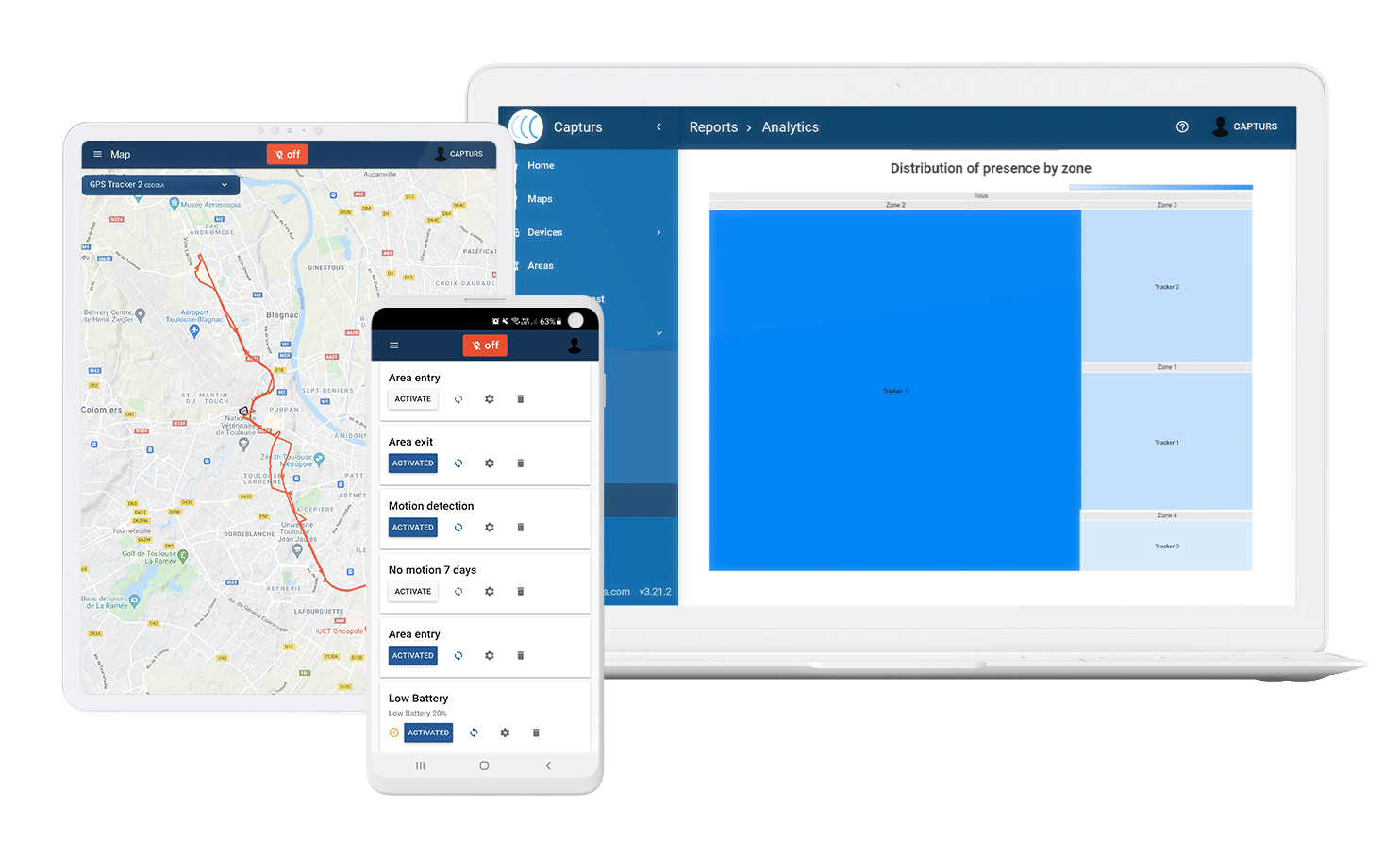
Check other posts:
How does a car GPS tracker work?
The digital age has paved the way for many innovations, including the ability to track fleets of vehicles in real time. Whether you're an individual looking to keep an eye on your car, or a company managing a fleet of vehicles, GPS trackers have become an essential...
What are the main uses of GPS trackers in a fleet of company vehicles?
The different uses of GPS trackers for vehicle fleets are many and varied. First, they can improve drivers' eco-driving by tracking fuel consumption, speed and driving habits. This can help companies reduce fuel costs and meet environmental standards. GPS trackers can...
How GPS trackers improve eco-driving efficiency: Save money by optimizing your vehicle fleet
Eco-driving has become a major topic, as it reduces the environmental impacts of driving while improving vehicle performance and reducing operating costs for drivers. The purpose of this article is to describe the impact of eco-driving on fuel savings, the benefits of...

